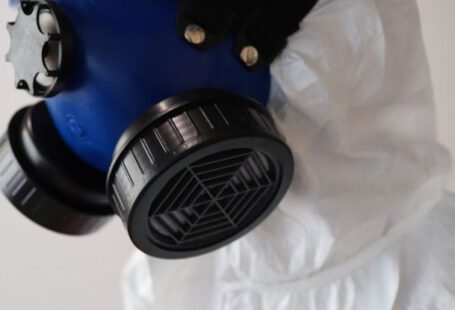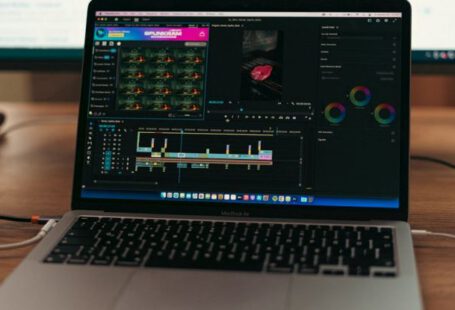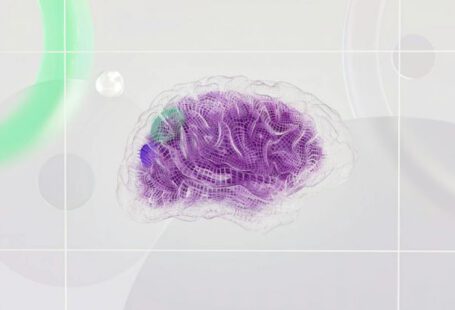**Can Adjusting Bios Settings Enhance Performance?**
In the realm of technology and computing, maximizing performance is a perpetual pursuit for many users. From casual gamers seeking smoother gameplay to professionals aiming for faster processing speeds, the quest for enhanced performance is a common objective. While upgrading hardware components like the processor, graphics card, or RAM is a typical approach, tweaking the BIOS settings of your computer is a lesser-known method that can potentially yield significant performance improvements. But, can adjusting BIOS settings truly enhance performance, or is it a technical rabbit hole best left unexplored? Let’s delve into this intriguing subject to uncover the possibilities and implications of tweaking BIOS settings for performance gains.
**Understanding BIOS and its Role**
Before we dive into the potential benefits of adjusting BIOS settings, it’s crucial to grasp the fundamental role of the Basic Input/Output System (BIOS) in a computer system. BIOS is a firmware embedded on the motherboard that initializes hardware components and provides the necessary instructions for the operating system to boot successfully. Essentially, BIOS acts as the bridge between hardware and software, facilitating communication and configuration between the two.
**Optimizing BIOS Settings for Performance**
While BIOS settings are primarily designed to ensure system stability and compatibility, they also offer a level of customization that can influence performance. By accessing the BIOS interface during the system boot-up process (usually by pressing a specific key like F2 or Del), users can adjust various settings to potentially enhance performance. These settings can include tweaking CPU clock speeds, adjusting memory timings, enabling virtualization support, and more.
**Overclocking: Unleashing Extra Performance**
One of the most common ways to boost performance through BIOS adjustments is overclocking. This process involves increasing the clock speeds of the CPU and/or GPU beyond their factory-set values to achieve higher performance levels. By overclocking, users can squeeze out extra processing power from their components, leading to faster computations and improved overall system responsiveness. However, it’s crucial to tread cautiously when overclocking, as pushing hardware too far can result in instability, overheating, or even permanent damage.
**Memory Timings: Enhancing Data Access Speeds**
In addition to overclocking, adjusting memory timings in the BIOS can also have a notable impact on system performance. Memory timings refer to the latency settings that dictate how quickly the system can access data stored in the RAM modules. By optimizing these timings, users can reduce data access delays, leading to faster read and write speeds, which can significantly enhance multitasking and overall system performance.
**Power Management: Balancing Performance and Efficiency**
Another aspect of BIOS settings that can influence performance is power management. By adjusting power settings in the BIOS, users can strike a balance between performance and energy efficiency. For instance, enabling power-saving features can reduce power consumption and heat generation, which may be beneficial for laptops or systems operating under thermal constraints. Conversely, disabling power-saving features can prioritize performance at the cost of higher power consumption.
**The Risks and Considerations**
While adjusting BIOS settings can potentially enhance performance, it’s essential to approach this process with caution. Making incorrect changes or pushing hardware beyond its limits can result in system instability, data loss, or hardware damage. Additionally, not all systems or components may respond well to overclocking or aggressive settings adjustments, so thorough research and understanding of your hardware capabilities are crucial before delving into BIOS tweaks.
**Exploring the Possibilities**
In conclusion, adjusting BIOS settings can indeed enhance performance under the right circumstances and with careful consideration. By exploring the customization options available in the BIOS interface, users can potentially unlock additional performance gains that may not be achievable through hardware upgrades alone. However, it’s vital to approach BIOS tweaking with a methodical mindset, understanding the implications of each adjustment and being prepared to revert changes if needed. With the right approach and knowledge, adjusting BIOS settings can be a powerful tool for optimizing system performance and unlocking the full potential of your hardware.





